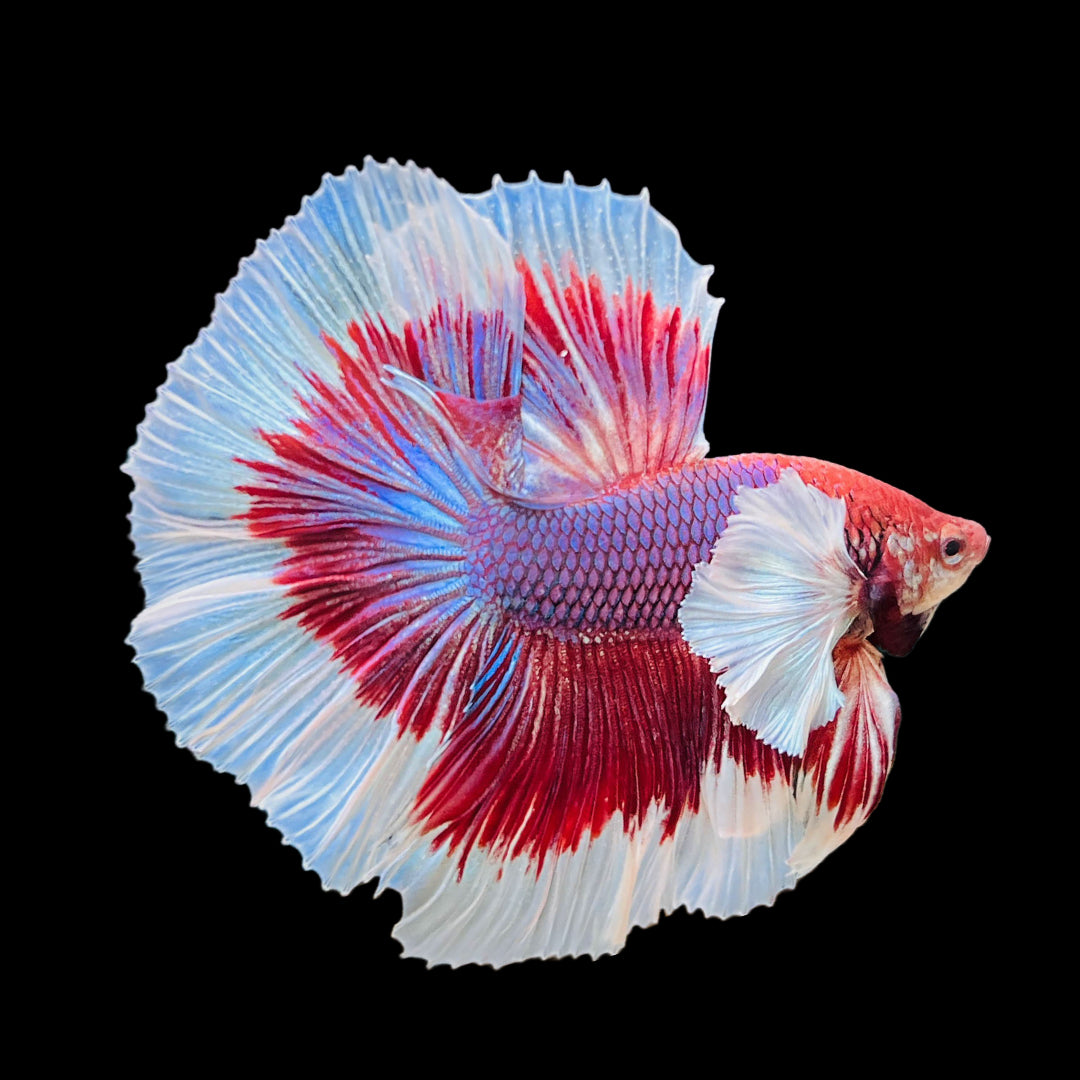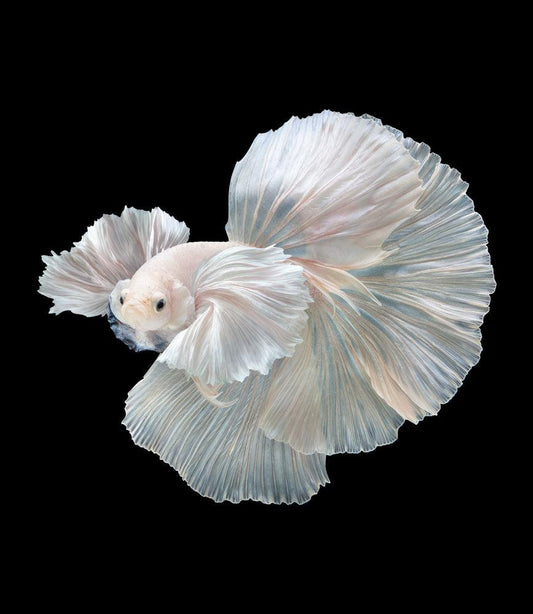Betta Fish Treatment: Necessary Tips for a Healthy And Balanced and Happy Animal
Betta Fish Treatment: Necessary Tips for a Healthy And Balanced and Happy Animal
Blog Article
Breeding Betta Fish: a Comprehensive Step-By-Step Overview to Effectively Raising Child Bettas From Eggs to Adulthood
Breeding Betta fish is a precise endeavor that requires mindful preparation and execution to make certain the successful development of fry from eggs to grow fish. As the male Betta diligently constructs a bubble nest and guards the priceless eggs, the subsequent stages of treatment and change need interest to detail and expertise of best techniques.

Selecting Breeding Pairs
When embarking on the trip of reproducing Betta fish, choosing the best reproduction pairs is essential to achieving preferable traits and a healthy family tree - betta fish. The initial step in this procedure is to determine the specific attributes you want to improve or maintain, such as shade, fin type, and body shape. It is vital to choose genetically varied pairs to prevent inbreeding, which can result in health and wellness concerns and unwanted qualities
Evaluate prospective breeding prospects meticulously. A healthy male Betta should display lively shades, an active demeanor, and well-formed fins, while the woman ought to additionally present lively coloration and a rounded belly, showing preparedness for spawning. Observing the personality of both fish is essential, as aggressive or excessively reluctant people may not reproduce effectively.
Maintaining records of the parent fish's origins can aid you track genetic qualities and potential issues. Inevitably, spending time in the option procedure will significantly improve the possibility of creating strong, vivid spawn that fulfill your breeding goals.

Preparing the Breeding Tank
Producing an ideal breeding setting is a crucial step after picking appropriate pairs for Betta fish. The breeding tank need to be especially made to give convenience and promote the all-natural reproduction actions of the fish. Beginning with a storage tank size of at the very least 10 gallons to guarantee ample space for both the man and female Bettas.
Maintain a gentle purification system to keep the water clean while preventing strong currents that can emphasize the fish. Additionally, an air rock can be contributed to provide oxygenation without interrupting the water surface also a lot.
Temperature level policy is crucial; go for a stable series of 78-82 ° F(25-28 ° C) utilizing a dependable heating unit. The pH level need to be kept in between 6.5 and 7.5, and normal water changes are needed to make certain high water top quality.
Include floating plants or spawning mops to develop hiding places for the woman, while likewise urging bubble nest structure by the male - betta fish. Ensure the tank is free from sharp designs and any kind of prospective dangers, as the well-being of the fish must constantly be focused on throughout this crucial stage of reproduction.
The Breeding Refine
Commonly, the breeding process for Betta fish involves a collection of distinctive and observable habits that show readiness for reproduction. The male Betta starts by building a bubble nest at the water's surface area, which works as a website Read More Here for the fed eggs. This nest is important, as it supplies a secure environment for the eggs up until they hatch view out.
Once the nest is developed, the male will show courtship actions, such as flaring his fins and displaying lively shades to bring in the lady. The lady, upon sensing the man's preparedness, will certainly react by displaying vertical red stripes along her body, signaling her receptiveness.
The fed eggs then drop to the bubble nest, where the male meticulously gathers and returns them to the nest. Following this, the male presumes responsibility for protecting the nest and making sure the security of the eggs until they hatch out, typically within 24-36 hours.
Taking Care Of Betta Fry
Looking after Betta fry needs mindful interest to their environment and nutrition to make certain healthy growth and growth. After hatching out, Betta fry are very small and susceptible, necessitating a secure and tidy habitat. Keeping a water temperature between 78 ° F and 80 ° F is critical, as Betta fry thrive in warm problems. Furthermore, guarantee that the water is without damaging toxins; routine water modifications of 10-20% are suggested to maintain optimum water top quality.
Feeding Betta fry is just as vital. They must be supplied infusoria or finely smashed high-grade fry food, as their mouths are also small to take care of larger bits. As they expand, you can gradually introduce bigger foods, such as child brine shrimp or powdered flakes, to ensure they get sufficient nourishment. Feed them percentages numerous times a day, taking care not to overfeed, which can cause water quality problems.
Transitioning to Grownup Bettas
As Betta fry fully grown, transitioning them to grown-up Bettas is a crucial stage that calls for careful management of their discover this setting and social interactions. This process generally starts when the fry reach around six weeks old, whereupon they can be progressively presented to a much more structured living setting.
To promote this transition, it is necessary to make sure that the water parameters-- such as temperature level, pH, and ammonia degrees-- are optimum and secure. Grown-up Betta fish prosper in cozy water (around 78-80 ° F) with a pH of 6.5 to 7.5. Slowly accustom the fry to these problems to decrease anxiety.
Social communications are an additional key element; man Bettas are notoriously territorial and aggressive. Therefore, it is a good idea to different men into individual containers as they grow. Women Bettas can be housed together, but care must be taken to check for signs of aggressiveness.
In addition, nutritional adjustments need to be made as the fry grow. Include high-grade pellets and live foods to sustain their growth and wellness. By handling these factors successfully, you can advertise a successful shift to their adult years for your Betta fish.

Verdict
Effective reproduction of Betta fish requires mindful focus to information throughout the whole procedure, from choosing genetically varied pairs to offering optimum care for fry. By making certain suitable breeding conditions and maintaining water quality, the probability of healthy children increases dramatically. Furthermore, a well balanced diet and steady adaptation to grown-up atmospheres are essential for the growth and growth of Betta fish. Adhering to these actions faithfully cultivates a growing population of Betta fish, boosting both their wellness and vigor.
Report this page